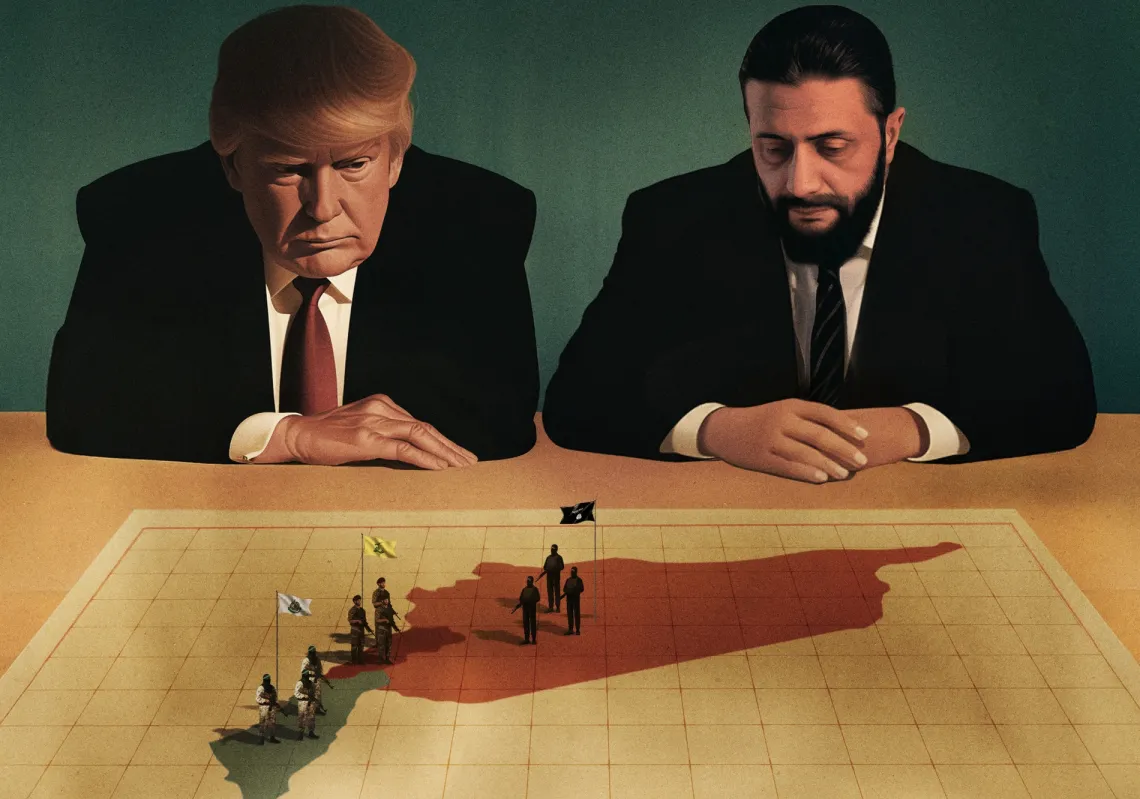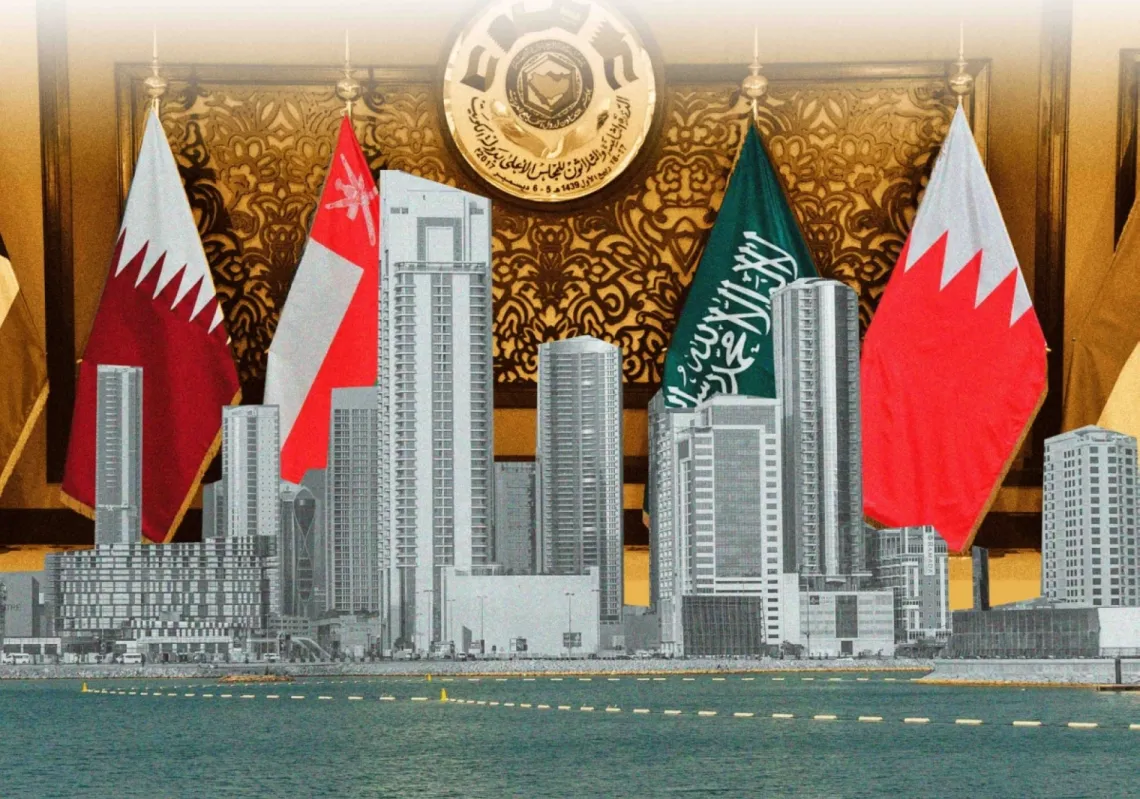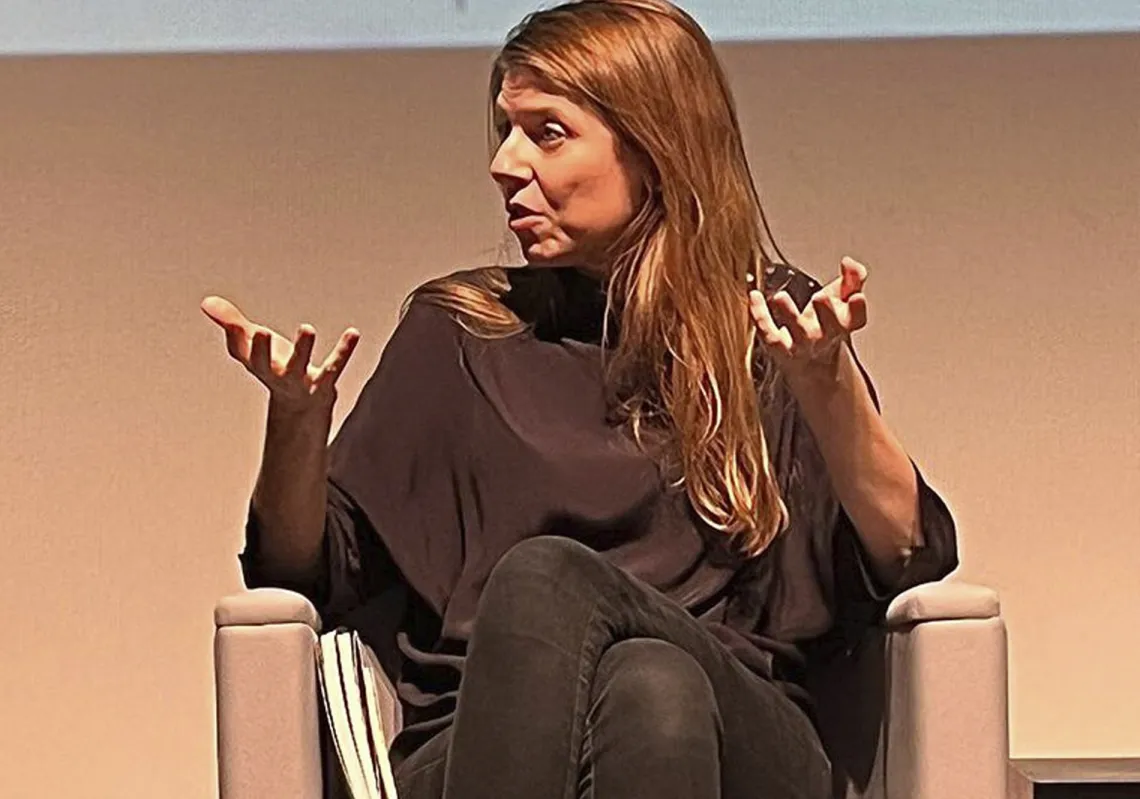 [/caption]
[/caption]
Earlier this year The Majalla introduced the Falafel Index as a way of looking at how macro-economic policy plays out in daily life. Modeled on The Economist’s Big Mac Index, the Falafel Index measures the purchasing power of national currencies by comparing prices of the same falafel sandwich in different national economies across the Middle East. Underlying the Index is economist Paul Samuelson’s theory of factor-price equalization, which claims that the natural tendency of the international economy is for prices of the same goods among nations to converge over time.
Yet, notwithstanding the influence of Samuelson’s theory, it has never been supported by the data, which shows the world has actually experienced divergence in prices, particularly between the richer and poorer countries. The Index does little to shed light on the actual problems of underdevelopment in the region, while other economic development indicators more useful for gauging the region’s economic challenges and indicating policy alternatives are too often overlooked.
[inset_left]A more useful indicator for gauging actual economic progress in the Middle East would be manufacturing as a percent of gross domestic product[/inset_left]
For the past 30 years, the popular development model for poor countries has been based on free trade and free markets with a reduced role for government in economic affairs. This model suggests countries should not actively seek to industrialize, but rather focus on producing fewer products for which they presently have a competitive advantage in world markets. This development strategy is based on the neoclassical economic theory of comparative advantage and for 30 years has undermined economic development by keeping many countries locked into the so called plantation mode.
However, the economic histories of rich, industrialized countries, including in East Asia during the past 50 years, shows that successful development requires shifting from exclusive reliance on primary agriculture and extractive industries towards manufacturing and services industries of higher added value over time. This is a classic path to development. In recent years, however, such basic notions of development have been displaced by the fashionable free market approach.
A more useful indicator for gauging actual economic progress in the Middle East would be manufacturing as a percent of gross domestic product (GDP). Since this should be increasing over time as economies diversify and develop, countries in which this percentage is not increasing over time cannot be said to be developing in the conventional sense.
Unfortunately, many of the policy tools historically used by rich countries to industrialize have been outlawed in the last 30 years as the free market mantra condemned them as undesirable government intervention. These include trade protection, subsidized credit for domestic companies, and supportive public technology policies. Thus, the free market model pressed on Middle East countries in recent decades would have small domestic firms sink or swim entirely on their own with no government support, in stark contrast to policies used by the countries that industrialized successfully.
Another useful measure of development is wages as a percentage of GDP. As countries shift into manufacturing and services of higher value over time, wages should comprise a bigger part of GDP. If wages are stagnant, or worse, falling over time, it should be a red flag that meaningful development is not happening, such as in Egypt, where wages fell from 8.1 percent of GDP in 2001/02 to 7.1 percent in 2007/08.
A prominent feature of the free market model embraced by Egypt’s Gamal Mubarak and his technocrats was to liberalize trade and foreign investment rules, ostensibly to make the economy appear more attractive to foreign investors. Yet premature trade liberalization can wipe out small domestic firms that are not yet ready to compete against global corporations. Again, this is not an approach used by the countries that have industrialized successfully.
The currently fashionable free trade model has given rise to the idea that engaging in any trade at all and doing whatever is necessary to attract foreign direct investment (FDI) is an end in itself. Yet, if trade and FDI are not clearly designed to help domestic firms benefit from positive spillovers, forward and backward linkages, technology transfers and improving domestic workforce skills, then trade and FDI are not likely to support development. Therefore, ensuring domestic companies are afforded some degree of temporary trade protection, and that trade and FDI policies are helping domestic firms, are other important measures to monitor.
Other factors to watch are levels of public investment in health, education and infrastructure measured as a percent of GDP. The World Bank and IMF have suggested that countries should cut public spending in these areas to maintain low fiscal deficits and make their economies appear more attractive to foreign investors. However, data shows that most FDI actually flows to countries with skilled and healthy workforces and good infrastructure. Of course, these investments will also enable higher productivity for domestic firms, too. Therefore, ensuring that public investment in health, education and infrastructure measured as a percent of GDP is increasing over time is very important.
Finally, it is useful to monitor the degree to which the FIRE sector (finance, insurance and real estate) is increasing as a percent of GDP. While finance should play a vital role in supporting the real economy (that which produces jobs and actual goods and services), during the last 30 years of financial sector liberalization the FIRE sector has turned into a massive casino for investors who would rather seek higher returns from speculating than from investing in the real economy. As a country’s FIRE sector increases as a percent of GDP, this can coincide with decreasing jobs and wages in the productive economy and therefore should be seen as a red flag for those interested in successful economic development. As we know in the wake of the 2008 global financial crisis, adequate financial re-regulation is essential, along with incentives to steer investment back into real jobs and companies.
Middle East and North Africa citizens committed to economic development should be looking towards these basic indicators to ensure their countries have clear industrialization strategies and the necessary policies to support them, just as was done by all of today’s industrialized economies. They should ensure that wages are going up, public investment in health, education and infrastructure are increasing, that trade and foreign investment benefit domestic firms and workers, and that the FIRE sector does not become too large.









